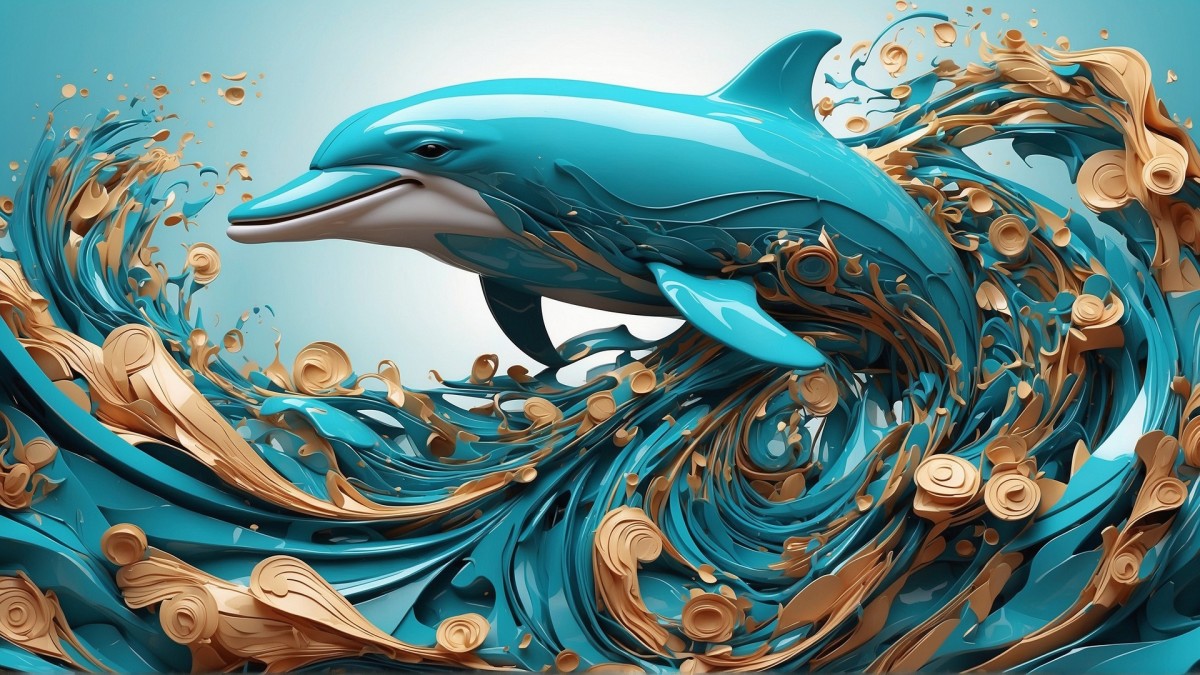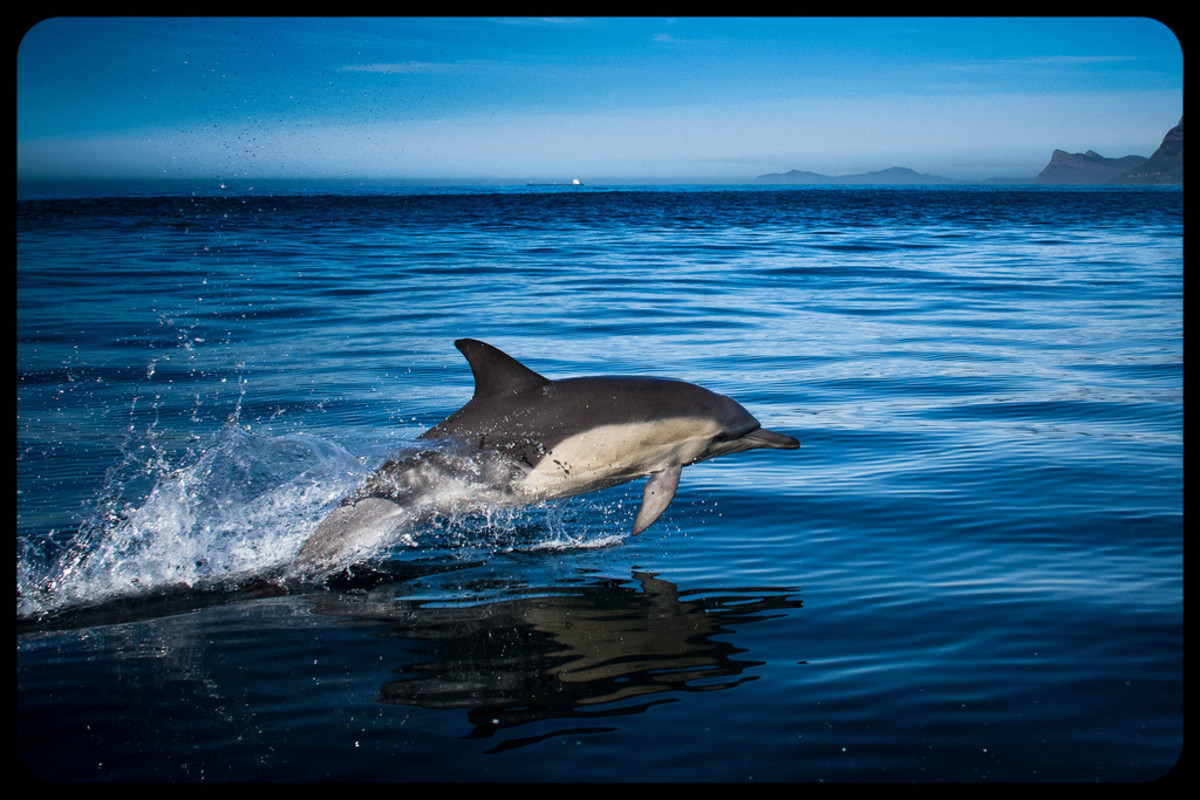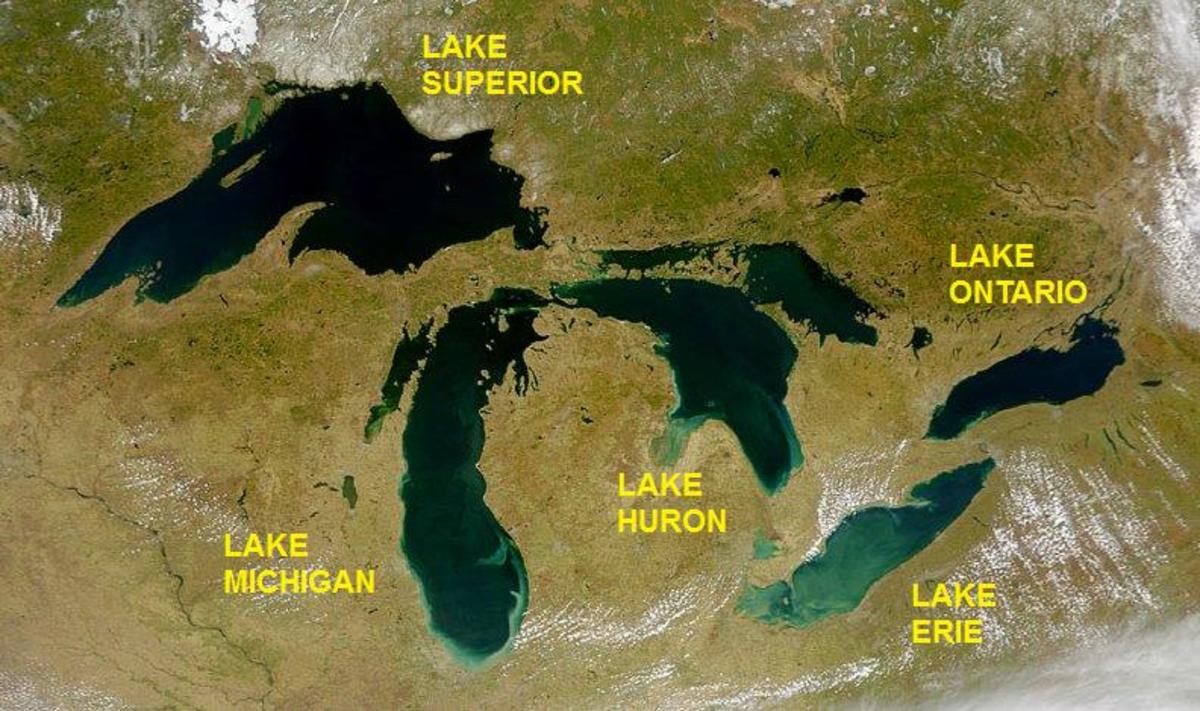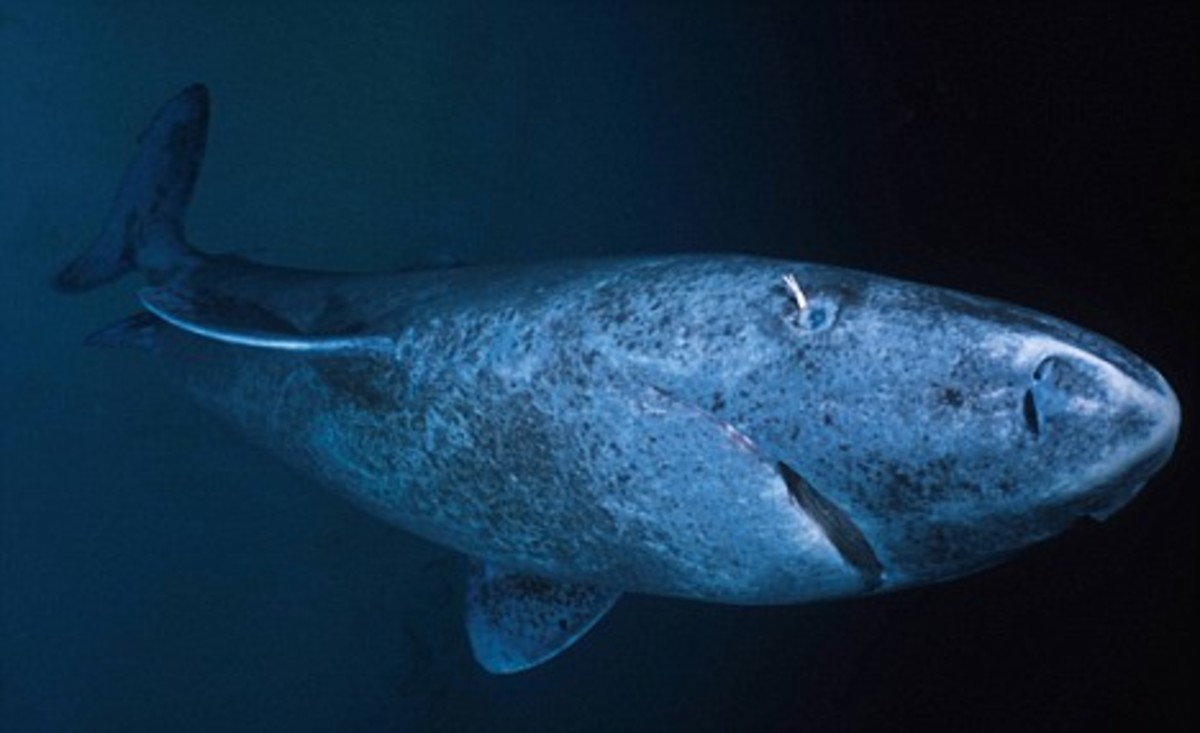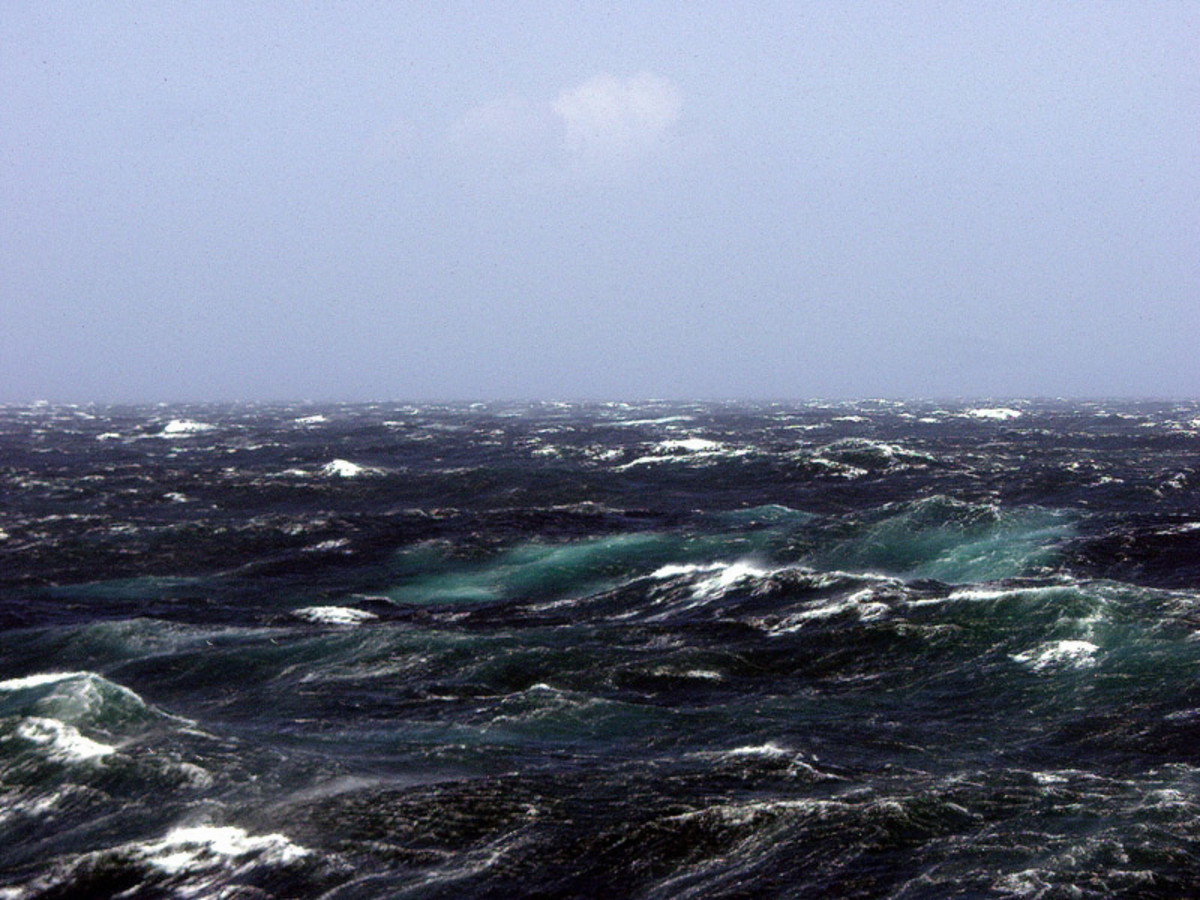Odd Creatures of the Deepest Sea Zone
Deep in the ocean there live over one million species of animals and plants. And that’s not all. That’s just all we know so far. Every year marine biologists announce new discoveries. We are so far behind in exploring of the dept of the seas that the specialist think we still have to find about some other nine millions plants and animals in the ocean. That’s amazing.
Some scientists believe that life started in the seas. There, some 3 billion years ago, in a warm, cozy habitat, some chemicals gathered together to form a molecule which could replicate itself. It was just a matter a time to transform that primordial drop of life into a fish. If that’s right, there’s no doubt why there are so many creatures in the ocean.
Some of these creatures are big, some are small, some we ate, others we fear, some are very familiar to us and others are more then curiosities. Overall, the diversity of the ocean life is so wide that we cannot stop wondering what else is living underwater. Here are few examples:
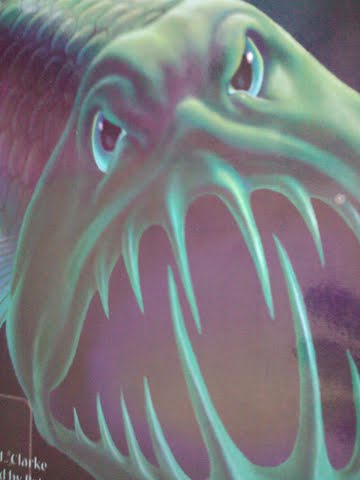
Viper fish
Viper fish lives in deep waters in the zone called mesopelagic, known as twilight zone, at 200 to 1000 m depth.
This fish comes up at night, in shallower waters, to hunt. It has lights around its dorsal spine. This light occurs naturally through an organ called photophores and is used to lure the pray. Once the pray comes, the viper fish captures it with is huge mouth. It’s life span stretches to 30 to 40 years. It can swim very fast (two biddies lengths per second).
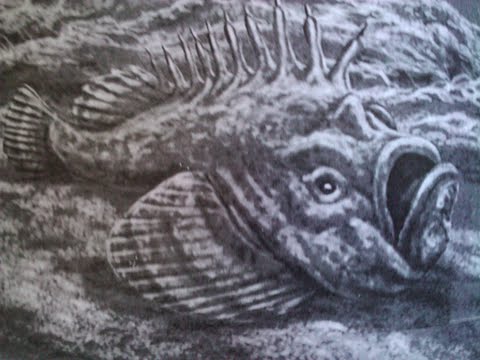
Stone fish
Like a sea chameleon, stone fish camouflages himself at the bottom of a sea, by rocks and coral reefs. Colored in brown or grey it looks just like a stone. With such appearance, the stone fish awaits for its pray. And when the pray arrives, small fish and shrimp, the stone fish quickly catches it in less the one second.
This fish has thirteen poisonous spines on his back and it is the most dangerous venomous creature in the sea.
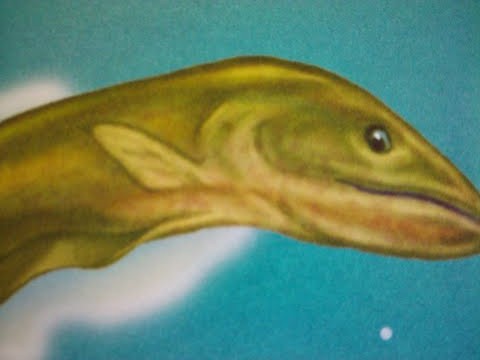
Electric eel
An electric eel produces 500 - 600 voltage, through 3 pairs of organs located on it’s belly. This is a high electric shock, which is usually deadly to people. The electric eel uses its electricity to hunt and defend. It produces lower electric shocks when hunting for smaller fish and high ones when defending from a predator. It’s body can measures up to 2m (6ft).
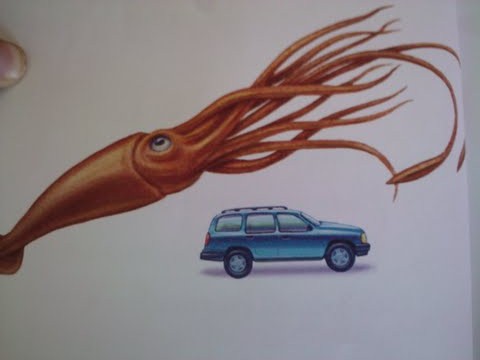
Giant squid
The giant squid is the largest among mollusks and the biggest among non-vertebrates. It can reach up to 18m but averages 11 to 14m. The giant squid has the biggest eyes ever known, as large as a “dinner plate”.
It lives in the bathypelagic zone, at 1000 to 4000 m dept, a sub-zone in the ocean where no light reaches and funny creatures are living.
Dolphins’ colors
grey - the most common dolphin color
black and white - killer whale dolphin
pink - the Amazon River dolphin
mainly white (with black head and fins) - skunk dolphin
black with white spots - spotted dolphins (Florida)
Pink Dolphins
In the Amazon River in South America there lives a dolphin that is pink. This dolphin is also called Boto or Boutu and it is not related to the dolphins that live in seas and oceans.
However, ocean or river dolphins are not fish. They are mammals, have warm blood and an average body temperature of 36 degrees Celsius. Their brain is larger then human brain. They are very intelligent animals.
Pink dolphins have generated some local legends that say that this animal can change its shape into a man at will, especially when tit sees young women at shores.
Bioluminescence
There are some living organisms that have the ability to produce light. They are usually called bioluminescent organisms. Among them is the viperf ish. Other sea creatures that produce light are lantern fish, gulper eel, coral, some types of jellyfish, clams and squids.
Among the terrestrial creatures that light up are the well known fireflies, annelids, glow warms and click beetles.
This article has been inspired by my daughter’s curiosity. She’s only seven but together we have done some interesting readings in marine biology over the Internet. Few days ago, at the school’s library, she found this very age appropriate book called : Freak out.
In my own advanced researches I found this video that shows us how diverse the ocean is. Some of these odd creatures of the deepest seas are cute, some are funny, some are scary or startling but all look like they’ve been taken out of the weirdest science fiction movies


